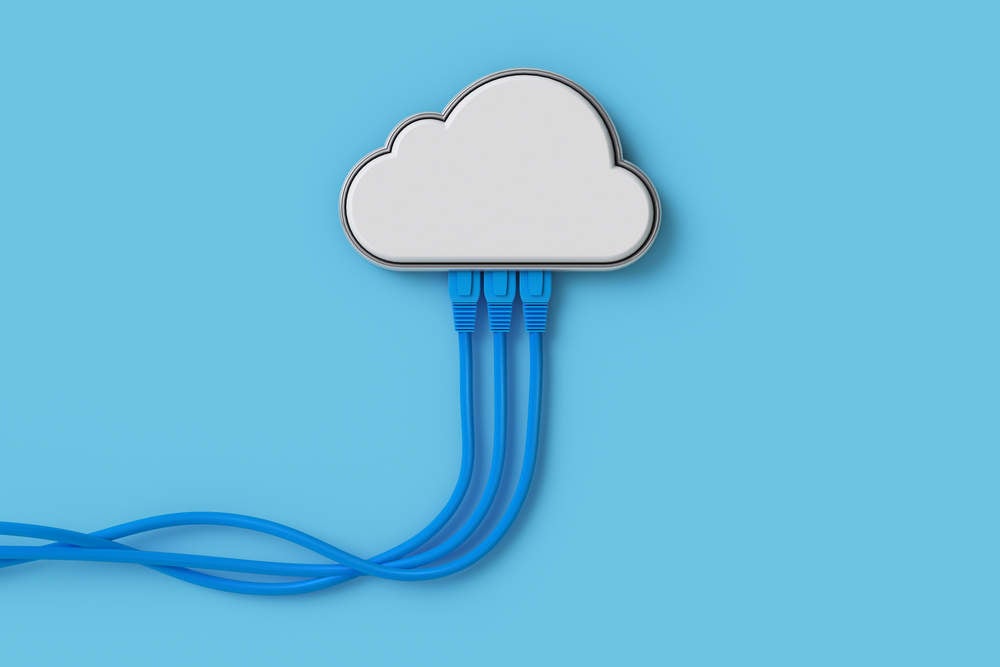Whether it’s 5G use cases, proposed 5G spectrum usage, or service usage models implied by 5G, much of what the next generation of wireless promises to accomplish will directly compete with wifi.
It’s only natural to think of 5G as a better, improved version of 4G — five is, after all, one more than four.
And while that’s as much about marketing as anything, 5G is promising to execute on consumer and enterprise use cases that 4G networks are just beginning deliver: augmented reality, virtual reality, connected cars, connectivity out to a massive set of far-flung devices (massive Internet of Things (IoT).
And, as 4G LTE continues to evolve, it’s clear that one of the ways 5G will build on 4G is by competing with WiFi on multiple fronts.
Consider…
5G use cases
5G use cases like connected driving will require wide area mobility.
How well do you really know your competitors?
Access the most comprehensive Company Profiles on the market, powered by GlobalData. Save hours of research. Gain competitive edge.

Thank you!
Your download email will arrive shortly
Not ready to buy yet? Download a free sample
We are confident about the unique quality of our Company Profiles. However, we want you to make the most beneficial decision for your business, so we offer a free sample that you can download by submitting the below form
By GlobalDataMany more – think AR/VR, indoor IoT, mission critical machine connectivity – won’t.
They’re use cases that might otherwise be served by a robust, high-capacity local-area technology, IE WiFi.
5G spectrum use
With technologies like LTE-U and LTE LAA (license assisted access), 4G is pushing into the unlicensed spectrum that’s traditionally been the territory of wifi.
It’s also moving into lightly licensed spectrum like the shared 3.5 GHz Citizen’s Broadband Radio Service (CBRS) band in the US.
In each case, more efficient use of the spectrum – unlicensed or shared – is the promise, not to mention an improved user experience more akin to cellular than wifi.
And, in each case, the progress that 4G has made is expected to continue as 5G goes commercial and evolves.
5G service costs
Whether thanks to new antenna technologies, new spectrum usage, or a new air interface, 5G promises an improvement in data capacity over 4G.
This isn’t just about delivering AR/VR or super high-definition, 8K video experiences.
It’s also about delivering more data out to more people in order to support today’s video, gaming and enterprise applications without worrying about data limits. And what happens when users get access to unlimited cellular data?
They focus less on switching over to wifi when at home, work, or out and about.
However, none of this means that wifi’s days are limited.
Scale has been key to the wifi ecosystem’s success to date and will continue to support it going forward.
Maintaining that scale will require WiFi to acknowledge and address the shortcomings and deficiencies the cellular industry is taking on whether that means improved efficiency, improved user experiences or other capabilities 5G can’t match.







